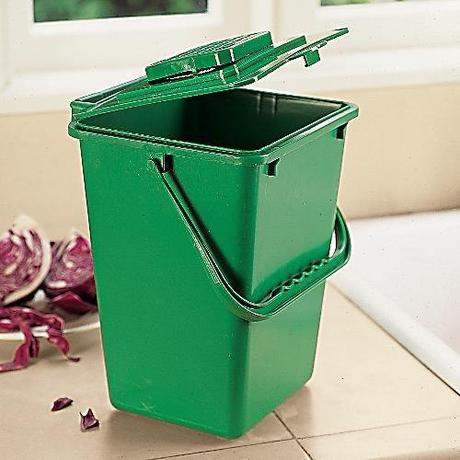
img via outback.websitewelcome.com
Whether you’re new to living a greener lifestyle or have been doing it for years, one of the best places to start is in your kitchen. Although there are some big changes you could make, like installing solar panels, it’s best to work up to these larger projects with baby steps that will add up to a big impact over time.
Recycle Plastic, Glass, Aluminum and Paper
If you aren’t recycling yet, now is definitely the time to start. Make the choice of whether to recycle easy by putting a recycling bin right next to your trash can. You can dump recyclables from the kitchen bin into a larger one outside for curbside pickup. Cities have different restrictions on what recyclables they will take, so check with your city to find out what the recycling pickup includes. If your city doesn’t have one, consider getting together with several neighbors to rotate the responsibility of taking your recyclables to a local recycling center. Once you start recycling, you’ll be surprised to discover just how much of your kitchen waste is going into the recycling bin instead of the trash!
Compost Food Scraps
Another way to reduce the amount of trash you put in the landfill is to compost any biodegradable waste from your kitchen. Stems, cores and peels from produce, table scraps, egg shells, coffee grounds and tea leaves are all compostable. Set a covered container on your kitchen counter to make it easy to collect compostable scraps and take them outside every few days to add to your compost pile. You’ll need to add some leaves and grass clippings as well to help balance the ingredients in your compost and create an active pile. Next spring, you should have plenty of fresh compost to add to your garden beds and improve the yield on any vegetables you grow.
Choose Green Appliances
Although you probably don’t want to replace an appliance that is just a couple of years old and in great working condition, you should think green next time you’re shopping for a kitchen appliance. Many features, such as air dry cycles on dishwashers and automatic moisture control on refrigerators, help cut energy use. Many brands, including Maytag appliances, offer these and other features that reduce the environmental impact of using the appliances. You should also look for Energy Star ratings to know exactly how much energy a particular appliance is going to use. If you have been holding off on getting a dishwasher because you figure washing dishes by hand is more energy-efficient, think again. Studies show that dishwashers use significantly less hot water, which adds up to huge savings, provided you only run the dishwasher when it’s full.
These are just a few of the changes you can make in your kitchen to be on your way toward a greener life. Anything that reduces waste, like packing leftovers in reusable containers rather than plastic bags, is fair game for making a green impact. You can also choose green products like dish detergent that don’t include chemicals that could damage the environment. Regardless of whether you make just one change or several, you should be proud that you are moving toward a greener kitchen.

